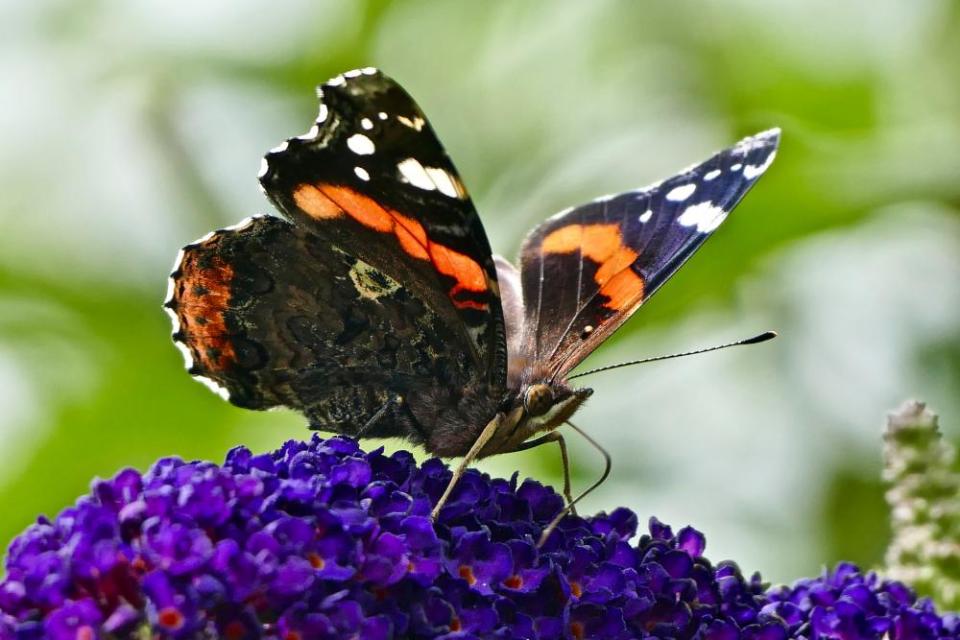Butterflywatch: red admirals reap benefits from woodland management

It looks like an indifferent year for butterflies from where I’m standing although I’ve seen large numbers of possibly immigrant red admirals around the Norfolk coast.
We won’t know the season we’re having until we see data from the annual scientific survey and the Big Butterfly Count, which is now under way and will hopefully beat last year’s incredible statistic: 111,628 citizen scientists took part.
The broad picture in Britain is that “common” butterflies are disappearing while rarer “habitat specialists” are rallying because of targeted conservation work.
The heath fritillary’s appearance at Victory Wood in east Kent this summer is a stunning example of how we are saving rare species. Ancient woodland was felled and ploughed up here during the 1950s and the place earmarked for landfill.
The land was bought by the Woodland Trust in 2004. Planting, natural regeneration and wide rides connected the “new” wood to surviving fragments of ancient woodland.
The heath fritillary looked to be heading to extinction in the early 1980s but dedicated woodland management – this butterfly requires sunny glades found only in regularly coppiced woods – has revived it.
Here’s an inspiring example of how if we create new sanctuaries or restore old habitat, wild – and rare – species rapidly make it their home.

 Yahoo News
Yahoo News 